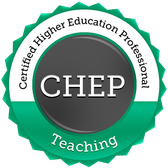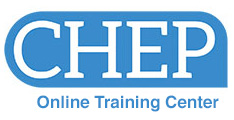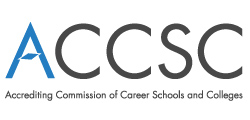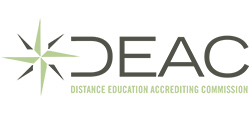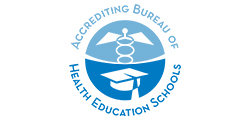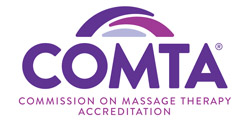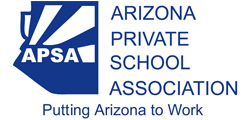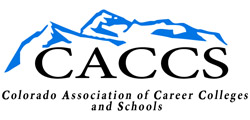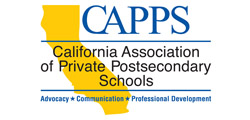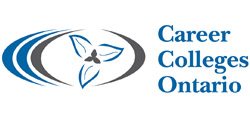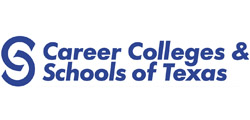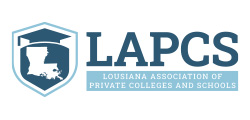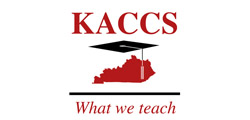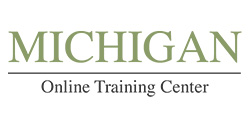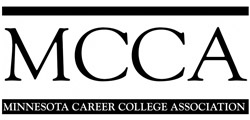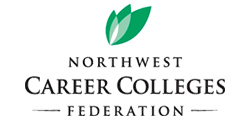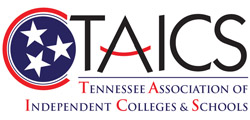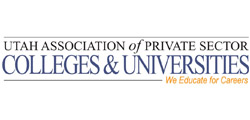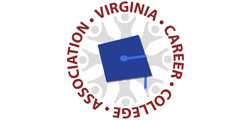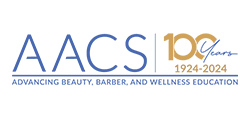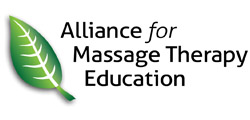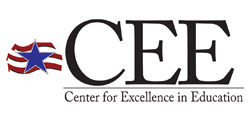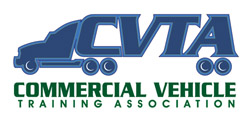Badge Evidence | Completed Courses (4 Hours Each)
ED101Effective Teaching Strategies
This introductory course covers the essential roles of a teacher and the competencies required to be a successful instructor in an educational institution. Proven techniques and strategies for planning and preparation are presented and discussed. In addition, the course offers effective methods for conducting the first class meeting and delivering course content. This course provides a solid foundation for new instructors and serves as an excellent refresher for more experienced instructors.
ED103Student Learning and Assessment
Educators work with students who want to learn specific skills that will lead to fulfilling careers. As educational instructors it is our job to help each student to achieve this goal. Just as you may have a particular style of teaching that you prefer, your students have preferred ways of learning. This course will help you to identify the different learning styles of your students so that you can adjust your instruction to better accommodate them. Good teachers also regularly monitor the effectiveness of their instruction by assessing their students’ learning. This course will examine several aspects of assessment including how to create good tests, how to ask effective questions and how to get your students to actively participate in their learning by asking questions themselves.
ED104Class Management Strategies
This course provides methods and techniques for managing students and class activities. We start by reviewing the steps instructors need to follow as they introduce a class to new students. We then discuss strategies to effectively deal with unfocused and challenging students. The course ends by describing common mistakes made by instructors and ways to avoid them.
ED106Enhancing Student Learning
This course provides methodologies and examples to help instructors increase content retention and application by students in need of support. The course starts by covering the skills needed by instructors to be clear communicators. We then discuss ways instructors can become effective in monitoring students and using student groups as learning tools. The course concludes by covering techniques and strategies to instruct diverse learners, including learners with disabilities.
ED108Learning Theory and Practice
This course covers the different ways individuals learn and apply new knowledge. We start by covering the steps the brain goes through as it processes new information, and how knowledge is stored and retrieved. We then discuss how intelligence is measured and how learners process information through the use of multiple intelligences. Moving from theory to practice, the course shows instructors how to use the learning needs of students to increase knowledge acquisition and retention. The course includes a number of easy to implement strategies to help students retain and use new content.
ED110Time and Stress Management for Instructors
Outstanding teachers serve their students by guiding them through their coursework and motivating them to complete program requirements. Instructors at educational institutions are often faced with high stress resulting from heavy teaching loads and limited time. When teachers cannot manage their own time and stress, they cannot fully serve the needs of their students. This course will show instructors how to manage time and stress in their lives and teach some of these skills to their students.
ED113Managing the Adult Classroom
This course compares and contrasts four styles of classroom management. The course includes "virtual visits" to animated classrooms where participants observe four instructors who exhibit different management styles. The style that is preferred by most students is identified and described, and suggestions are offered on how instructors can modify their personal style to increase their effectiveness. A four-step model for developing successful classroom management strategies is presented and is followed by a discussion of a practical, behavioral approach to classroom management. Characteristics that foster good discipline in the educational institution and in the classroom are listed and explained, and tips are offered that can improve both institution-wide and classroom discipline. Finally, a number of scenarios involving common discipline problems are described.
ED115Soft Skills for Instructors
The purpose of this course is to provide instructors with a very basic introduction to the concepts of soft skills and emotional intelligence (EQ). It is designed especially for new instructors in career schools who have little or no training in educational techniques and who are unfamiliar with the basics of emotional intelligence. The course provides a comparison of hard and soft skills, including people skills and workplace behaviors. Ten important soft skills are discussed in detail and the relationship between EQ and soft skills is explained. The course concludes with tips and suggestions to help instructors enhance their soft skills and EQ.
ED115RSoft Skills for Instructors
This survey course provides an introductory discussion about how good soft skills help instructors to be successful. A distinction is made between hard skills, soft skills, people skills, and workplace behaviors. Selected soft skills are listed for various categories of businesses and industries, including the teaching profession. Two studies are referenced that highlight skills that are frequently cited in the literature. One study was published in 1997, while the other was conducted specifically for this course in 2024. Selected tips are offered for improving one's soft skills. Numerous hyperlinks are included that direct the reader to a variety of online enrichment materials, including a few online instruments that help individuals learn more about their own soft skills.
ED130Teaching Students with Post Traumatic Stress Disorder
Students (both veterans and non-veterans) with Post Traumatic Stress Disorder (PTSD) are enrolling in career education in increasingly larger numbers. Instructors need to have a basic understanding of what PTSD is and how it impacts the lives of students. This course covers what PTSD is and the characteristics that students with PTSD may display. In addition, Traumatic Brain Injury (TBI) is discussed as many students enrolling in career education have both PTSD and TBI. Instructional strategies to support the learning of students with PTSD and/or TBI will be discussed and examples given. Participants will also be given sources where they can gain additional insight into how to support the learning of students with PTSD and/or TBI.
ED132Teaching Students with Learning Disabilities
Students with learning disabilities are enrolling in career education at increasing rates as a result of successful interventions and supports provided during their elementary and secondary schooling. This course describes the characteristics of students with learning disabilities and how having a learning disability impacts their learning process. As reading and comprehension is the essence of learning, it is important that instructors be knowledgeable in ways to support students with these learning challenges. Specific strategies for working with these students will be offered, to enhance the engagement and learning success of students with learning disabilities.
ED143The Most Effective Instructor
The most effective instructors are scholars, but they are also facilitators. Good scholars have a command of knowledge in their field of expertise that is both broad and deep. For a scholar to become an instructor, he or she also needs to be a facilitator. Facilitators help others to learn, which is as important as scholarship. In this course we will define "the scholar" and "the facilitator" as individuals (although they are two aspects of one person), as well as compare and contrast their nature and their roles. You will examine issues and challenges faced by instructors, both on-ground and online, and look at developing and improving your facilitation skills.
ED146How Storytelling Benefits Learning
Many consider storytelling to be in the realm of fairytales and small children, but when storytelling is used well and with purpose, it can strengthen students' understanding no matter their age; it can also link contexts to aid in understanding, suggest applications to real life, and humanize the learning process. This course will identify the characteristics of storytelling that are useful in teaching and learning and will provide examples and contexts within which storytelling increases students' interest and connection. Characteristics of useful storytelling will be identified, as well as supportive resources. Examples will be given to help educators focus on the aspects of storytelling that will enhance their content and how these strategies will fit within various instructional settings.
